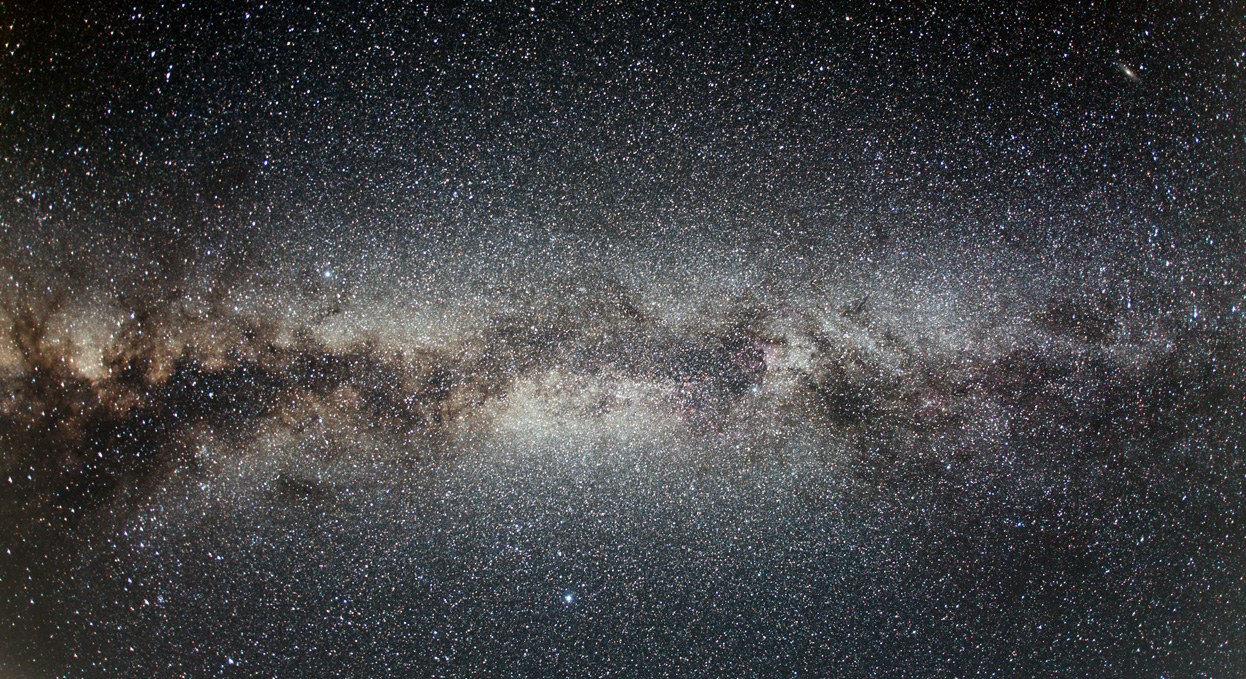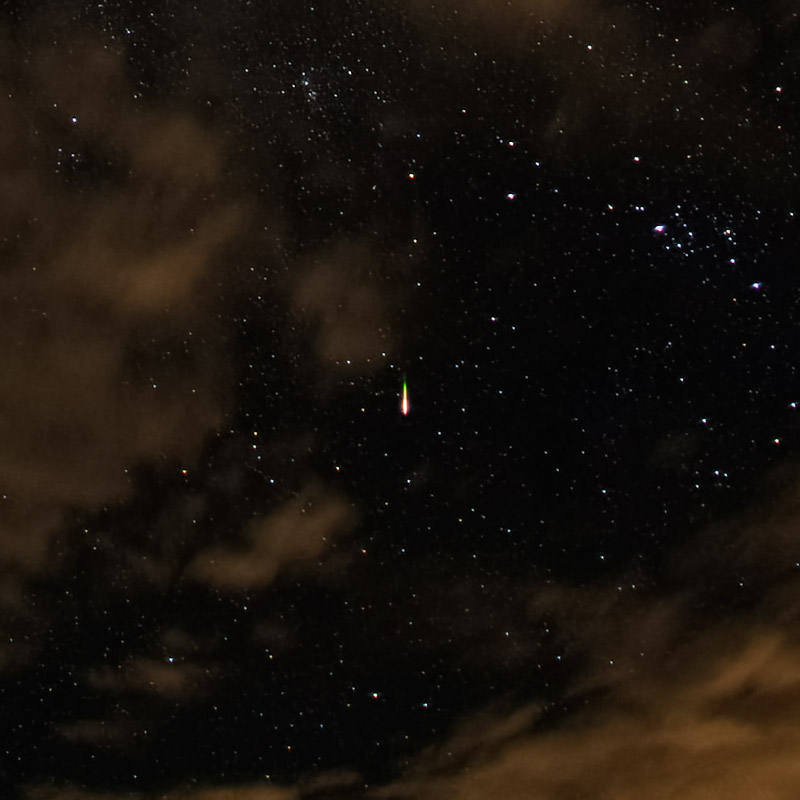In planning the eclipse viewing site, I looked for 2 things: proximity to a major airport and a good probability of clear skies (see references below). I considered Albuquerque (so fun to spell) and learned the last weekend of the Balloon Fiesta, the largest hot air balloon event in the world, coincided with eclipse day. Boasting the most photographed event in the world, the fiesta hosts over 600 balloon teams. The overwhelming synchronicity made this the city of choice.
Note: some browsers require you to click on videos twice to play, click on images for full resolution, lower right icon will give video in full resolution.
The event started with a drone lightshow:
propane burners fueled the lighter-than-air crafts and lit up the fiesta:
 |
next came dawn patrol: a small group of balloons launch pre-dawn in order to test the winds at various altitudes for the rest of the pilots.
 |
 |
 |
| dawn patrol meets orion |
 |
| Balloon Fiesta, Albuquerque, NM 10/14/23 |
A Balloonar Eclipse! 😂
 |
 |
| impending balloonar occultation of venus |
special balloons:
 |
| the eyes on the ground belong to yoda who's apparently lost his flying skills |
eclipse epiphenomena:
 |
| semicircular shadows between fingers |
 |
| semicircular shadows between leaves |
Finally all the balloons have launched from the field as spectators watch the moon's shadow cross the sun. Take a close look at the diffraction pattern around the sun in this image:
 |
| Zia symbol heralds annular solar eclipse in New Mexico the land of enchantment |
 |
| New Mexico State Flag |
Here's a cell phone shot of the partial eclipse:
 |
| Partial solar eclipse 10/14/23 9:35 AM Local Albuquerque, NM |
10/14/23
Albuquerque, NM
Samsung galaxy 22S ultra
Xavier M. Jubier's website integrates with google maps superimposing the eclipse path and details for any point selected along the path.


















































